The Huichol people, also known as the Wixáritari, are an indigenous group that resides primarily in the mountainous regions of the states of Jalisco, Nayarit, Zacatecas, and Durango in Mexico. They have a rich cultural heritage and maintain strong ties to their traditional way of life.
It’s important to note that the Wixárika people, often referred to as Huichols, want to clarify that the term “Huichol” translates to “he who flees,” a description that doesn’t accurately reflect their identity. In reality, the term Wixárika holds the true essence, meaning “a person with a deep heart who loves knowledge.” This distinction is crucial, and it is expounded upon in this work tailored for a younger audience to foster a better understanding of the Wixárika people’s cultural identity.
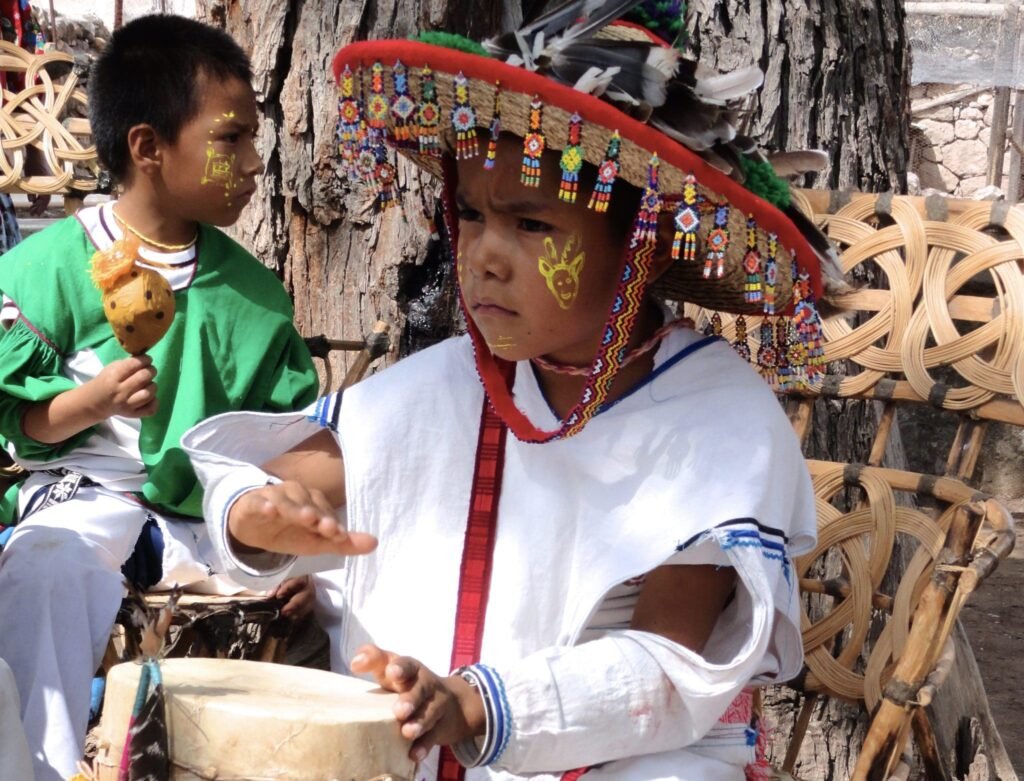
Where do the Wixárika (Huichol) People Live?
The Huichol people are primarily concentrated in the rugged and remote areas of the Sierra Madre Occidental, where the challenging terrain has helped preserve their traditional way of life. The isolation of their communities has allowed them to maintain a strong connection with their ancestral lands and cultural practices. Luckily if yo have a keen interest in visiting a tribe and seeing how they live their lives in the mountains – there are specific tours available for such an experience.
Here are some specific places to research if you’re interested;
- Tateikie: A community nestled in the Sierra Madre Occidental in the state of Nayarit.
- Tuapurie: Situated in the Jalisco highlands, this community is known for its traditional way of life and preservation of Huichol customs.
- San Andrés Cohamiata: Located in the state of Jalisco, it is one of the larger Huichol settlements and holds cultural significance.
- Santa Catarina Cuexcomatitlán: Found in the state of Jalisco, this community is known for its vibrant Huichol artistry.
- Tuxpan de Bolaños: A community in the state of Jalisco that reflects the Huichol’s connection to nature and their spiritual practices.
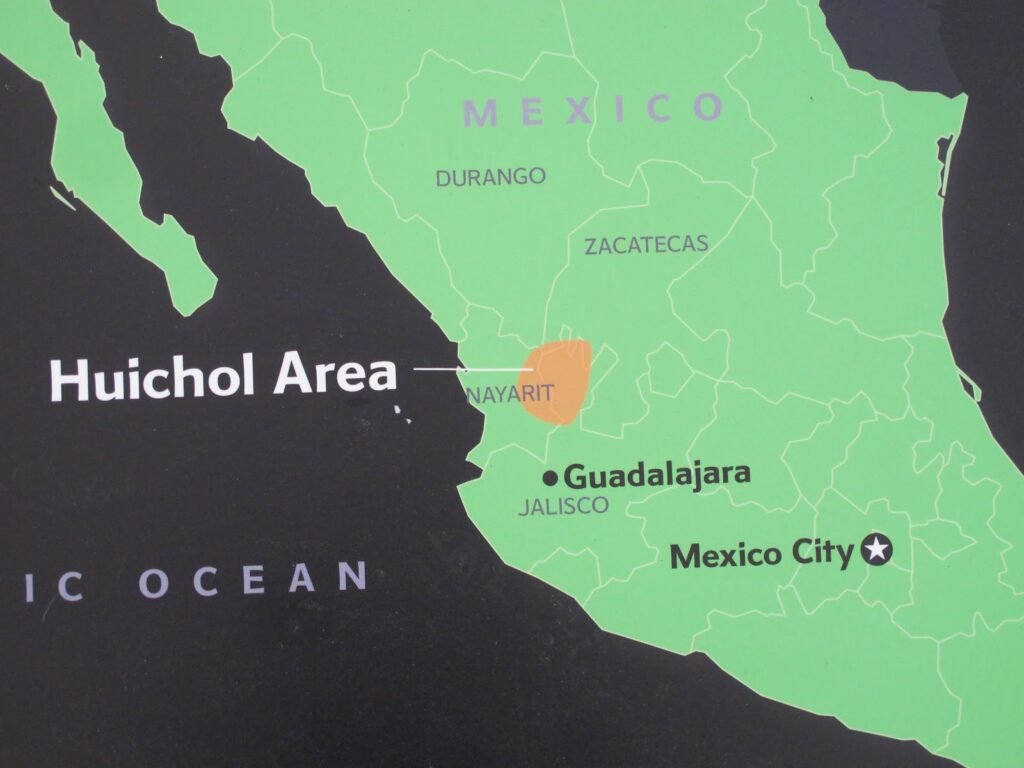
What Language do the Wixárika (Hucihol) Speak?
The Huichol people have their own language, called Huichol or Wixárika, which belongs to the Uto-Aztecan language family. Language plays a crucial role in preserving their cultural identity, and is a vital part of their heritage. It reflects their unique worldview and serves as a means of communication within their communities. The preservation of the Huichol language is crucial for passing down traditional knowledge and maintaining cultural cohesion.
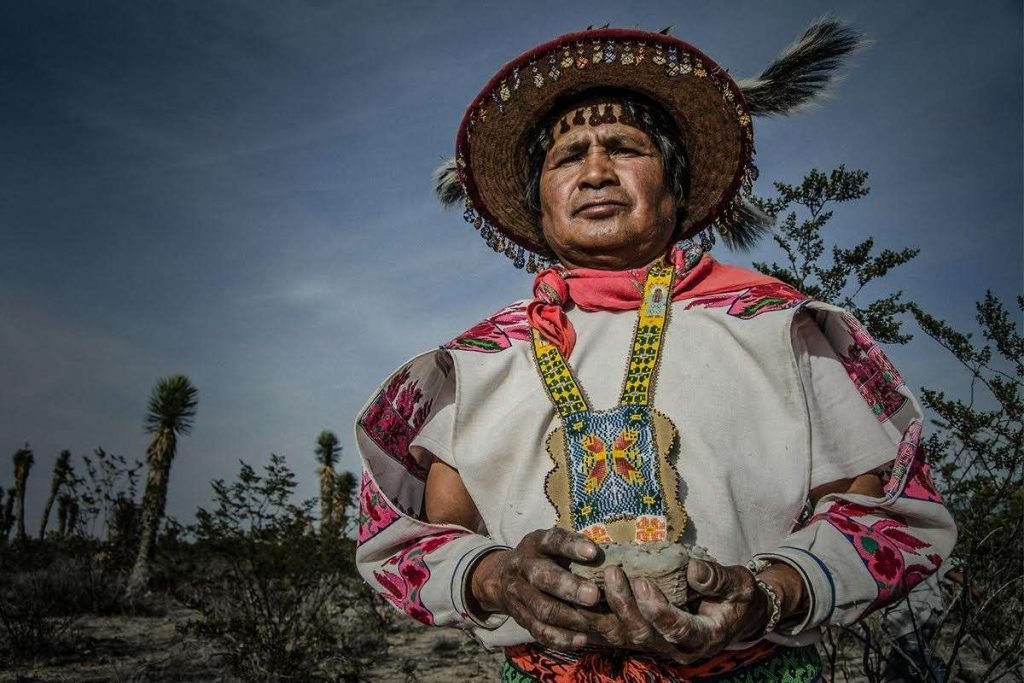
Religion and Spirituality
Huichol spirituality is deeply intertwined with nature, and they believe in a complex pantheon of deities. Their spiritual practices involve rituals, ceremonies, and the use of peyote, a hallucinogenic cactus that is considered sacred and used for spiritual enlightenment. Pilgrimages to Wirikuta are undertaken with great reverence, symbolizing the connection between the physical and spiritual worlds.
Shamanism plays a significant role in Huichol culture. Shamans, known as marakames, serve as spiritual leaders and intermediaries between the human and spiritual realms. They perform healing ceremonies, divination rituals, and lead the pilgrimage to Wirikuta, a sacred site where peyote is harvested.
It’s possible to be married through the Huichol traditions here in Puerto Vallarta. For an authentic and culturally significant wedding, this is a unique and special way to be married by the ancestors of Mexico.
Art and Craftsmanship
Huichol art is characterized by its vivid colors and intricate designs, reflecting the vibrant culture and spiritual beliefs of the community. It’s a unique style of artwork that once you see it once, you will recognize it immediately as being Huichol. In my opinion they are wonderful and in many cases I wish I could buy half of the sculptures I see when I walk into a store or walk by a pop up market. They’re creative and beautiful – what’s not to like?
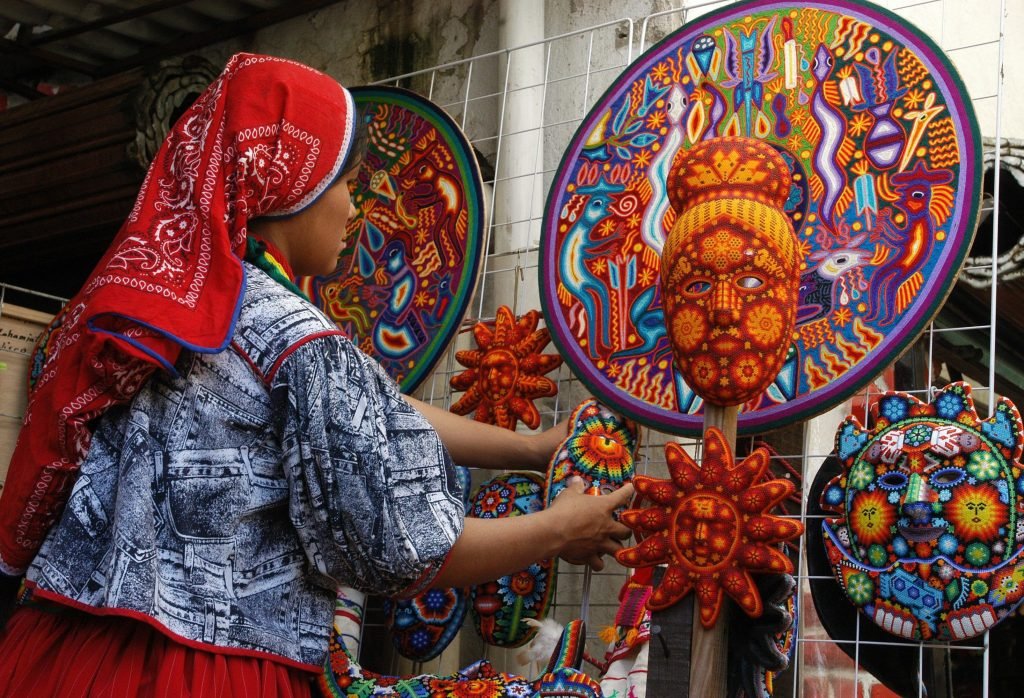
They also have yarn paintings which are created by pressing yarn into a layer of beeswax on a wooden board, forming detailed and colorful images. Beadwork is meticulously crafted, with each bead carefully placed to produce symbolic patterns and representations of their mythology.
Community Structure
Huichol communities are organized around extended families and clans, fostering a strong sense of kinship and communal support. Traditional governance involves spiritual leaders, known as marakames, who guide religious ceremonies and provide leadership in community matters. Decision-making is often based on consensus, emphasizing collective responsibility and participation.
Huichol society is organized around extended family units and community cooperation. They live in communal settlements known as wixárika, which consist of multiple households. Each community has its own governance structure and system of collective decision-making.
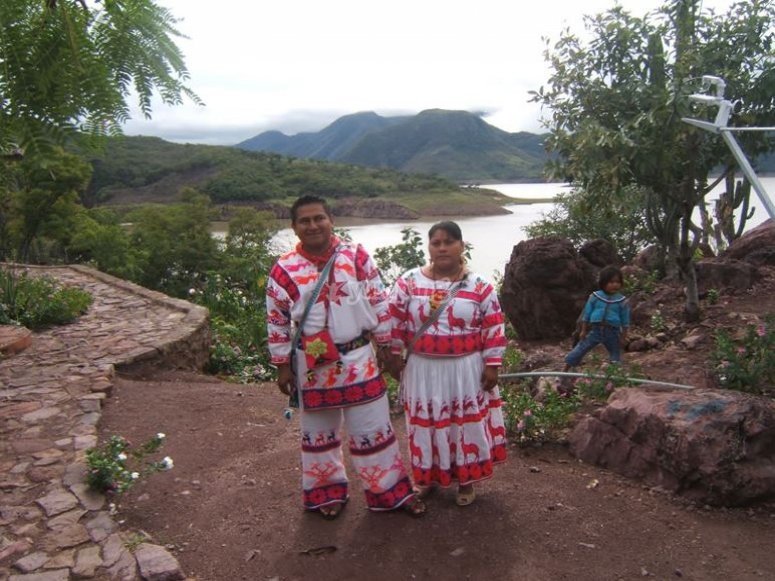
Agriculture and Subsistence
Agriculture plays a central role in Huichol life, and their farming practices are adapted to the challenging mountainous terrain. Swidden agriculture involves clearing small plots of land for cultivation, allowing the soil to regenerate naturally. Corn and beans are staple crops, forming the basis of their diet and cultural practices.
More specifically, here are some main staple foods the Huichol people use/cultivate:
- Maize (Corn): Maize is a fundamental crop in Huichol agriculture, serving as a dietary staple. It is used to make various traditional foods.
- Beans: Beans are often cultivated alongside maize, providing a complementary source of protein in the Huichol diet.
- Squash: Squash is another essential crop, offering nutritional diversity and adaptability to the local environment.
- Amaranth: Amaranth is a nutritious grain that has historical and cultural significance in the Huichol diet.
- Agave: The Huichol use agave for various purposes, including making fermented beverages like pulque. The leaves are also used for weaving.
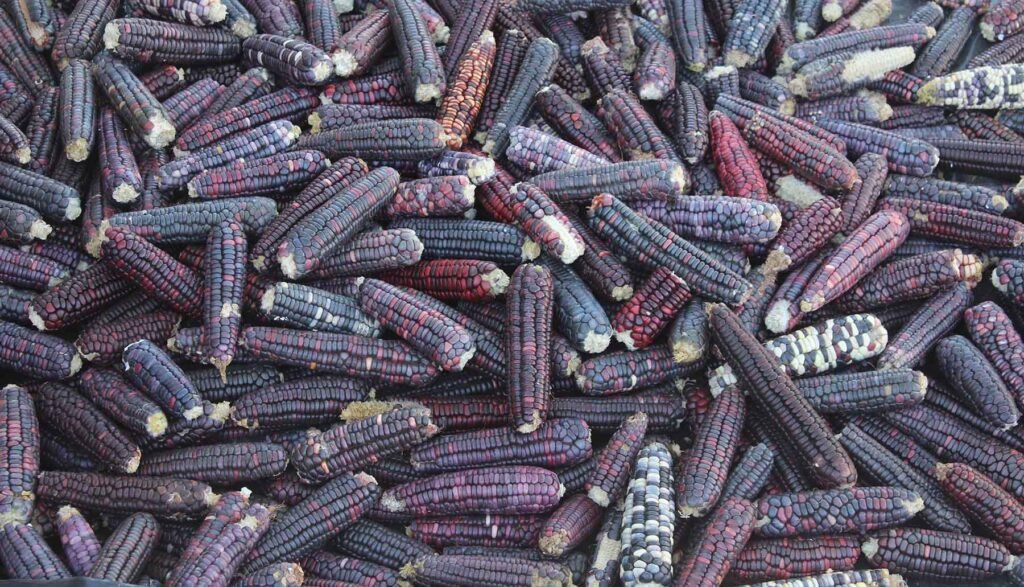
Traditional Clothing
The enchanting attire of the Huichol people serves as a vibrant tapestry, weaving together threads of cultural identity and artistic expression. Intricate embroidery graces the tunics of men and blouses of women, adorned with captivating geometric patterns and symbols intricately intertwined with the fabric of their cosmology.
Worn during ceremonies and special moments, these traditional garments become more than clothing; they metamorphose into symbols of pride and a timeless connection to their heritage. Women, adorned in long, colorful skirts and embroidered blouses, crowned with headdresses, radiate the spirit of tradition. Men, in loincloths, shirts, and broad-brimmed hats, stand testament to a cultural legacy, embracing these timeless vestments on ceremonial occasions with a profound sense of continuity.
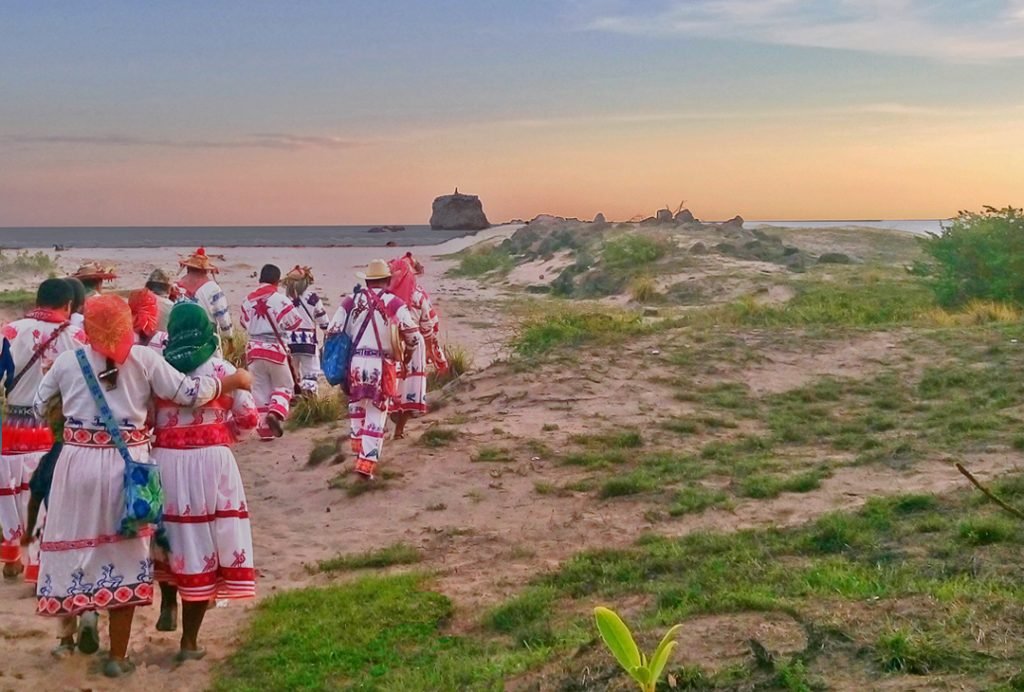
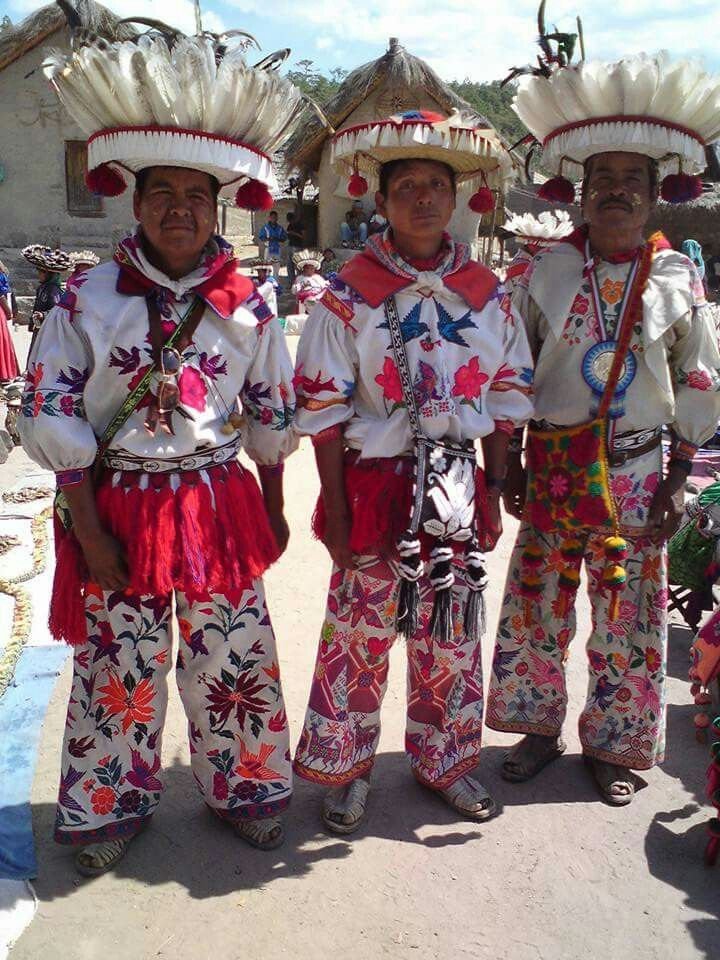
Cultural Challenges
The Huichol people face ongoing challenges related to land rights, as external interests, including mining and agriculture, encroach on their territories. Efforts to preserve their cultural heritage are essential to counteract the impact of globalization and external influences. Economic development initiatives must be undertaken with cultural sensitivity to ensure the well-being and autonomy of the Huichol communities. We recommend if you have the time and resources to make a guided trip out to their lands and admire how they live and appreciate their way of life, because there aren’t many people alive now that exude the authenticity of how we lived in the past.
It’s a beautiful reminder of where we came from, how life used to be lived by the world as a whole, and the simplicity of life without technology. The Huichol people’s rich cultural traditions, spiritual beliefs, and artistic expressions contribute to the diversity and cultural tapestry of Mexico. Their resilient identity and strong connection to their ancestral lands continue to shape their way of life and inspire fascination and admiration from people around the world. For more information, please reach out to us anytime at palmaracharters.com about tours and how to connect with the Huichol people in Vallarta.
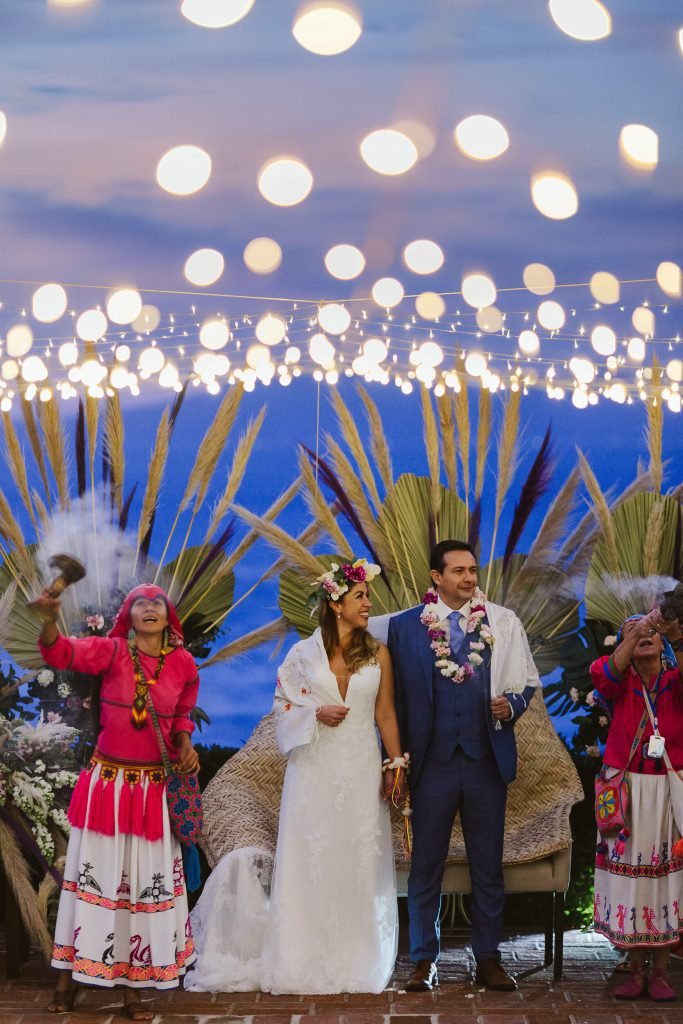
For ALL things Puerto Vallarta. Download our eBook “100 Things to-do: Puerto Vallarta.”










